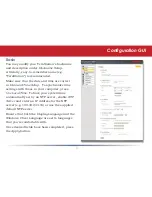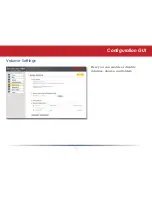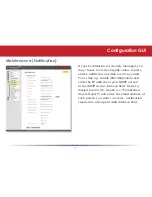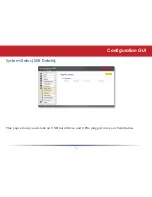
TeraStation uses
RAID
(“Redundant Array of Independent Disks”) technology to control the four
hard drives in your TeraStation. RAID may be configured several ways:
RAID 0
- All four drives are combined into one large, fast drive, giving the maximum capacity for
your TeraStation. This size is the one listed on your TeraStation’s box and shows the total capacity
of the TeraStation with no data used for redundancy. RAID Spanning is fast and efficient, but with
no redundancy, if one hard drive fails, all data on the TeraStation is lost.
RAID 1
(mirroring) - Hard drives are arranged in mirrored pairs. Each half of the pair reads and
writes exactly the same data. This costs you half the total capacity of the array, but provides
excellent redundancy. If a hard drive fails, the mirror continues to supply data, so you may work
on normally. You may replace the damaged or defective drive at any time, and normal RAID 1
mirroring will then be automatically restored.
RAID
(parity) - All drives in a RAID 5 array reserve part of their data space for parity information,
allowing all data to be recovered if a single drive fails. The parity information takes up about one
hard drive’s worth of space, so if you set up all four drives in the TeraStation as a RAID 5 array,
your usable capacity will be about 3/4 of the total capacity of the TeraStation. This is how your
TeraStation is set up out of the box.
RAID 10
- Combines RAID 1 and RAID 0 for a fast, secure array. Half of the TeraStation’s total
capacity is used for redundant information.
Buffalo Technology recommends
RAID for its excellent balance of efficiency and security.
Note on RAID Arrays
Summary of Contents for TeraStation iSCSI TS-RITGL/R5
Page 1: ...User Manual TeraStation iSCSI TS RITGL R5 www buffalotech com v1 4 ...
Page 4: ... Layout Power Switch Display Mode Switch Front Panel lock Turn counter clockwise to release ...
Page 5: ... Layout Hard Drives Squeeze tabs to release Init Button Hold down to reset all settings ...
Page 6: ... USB in Layout Power Cable Ethernet to router UPS ...
















































